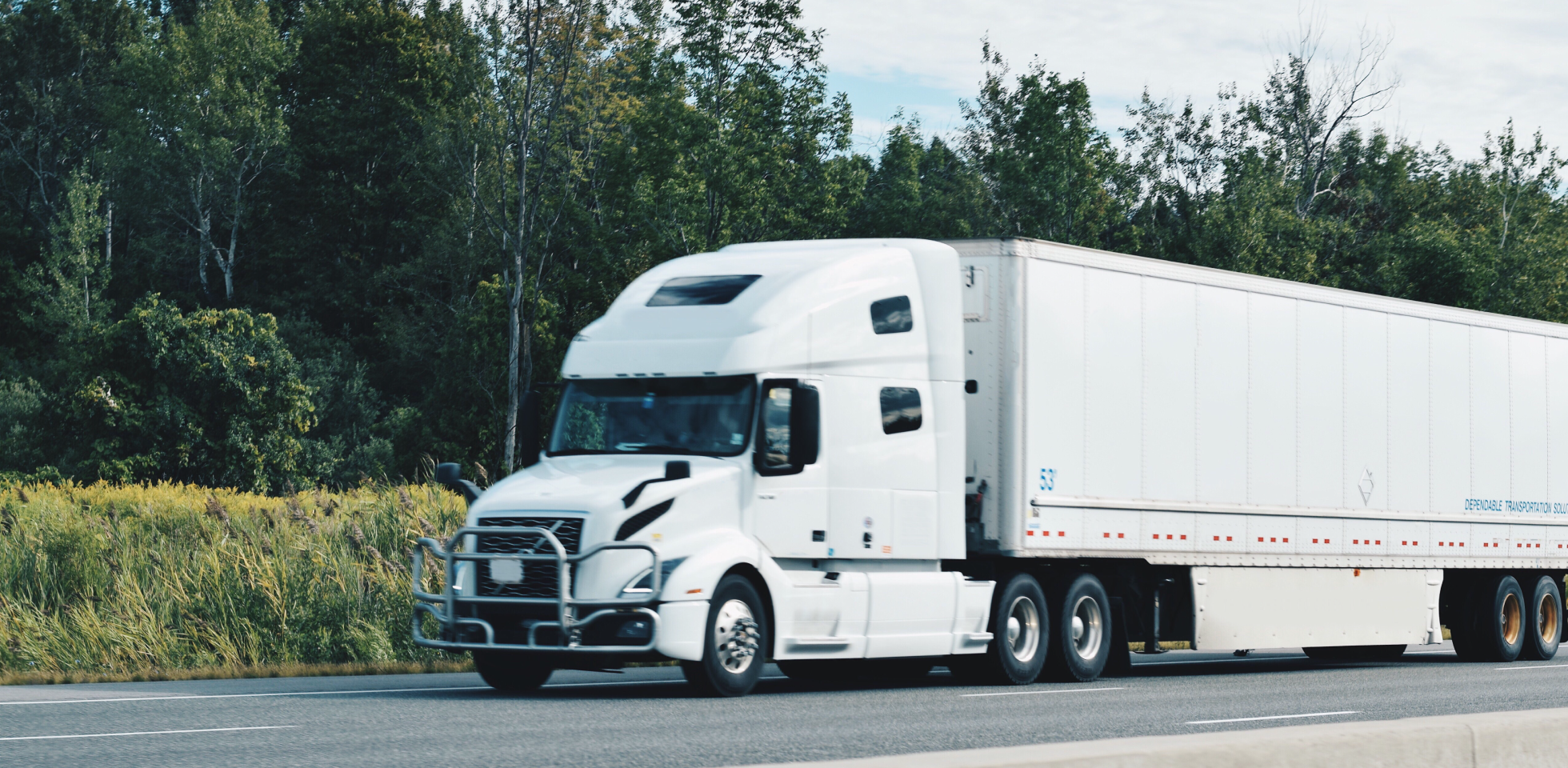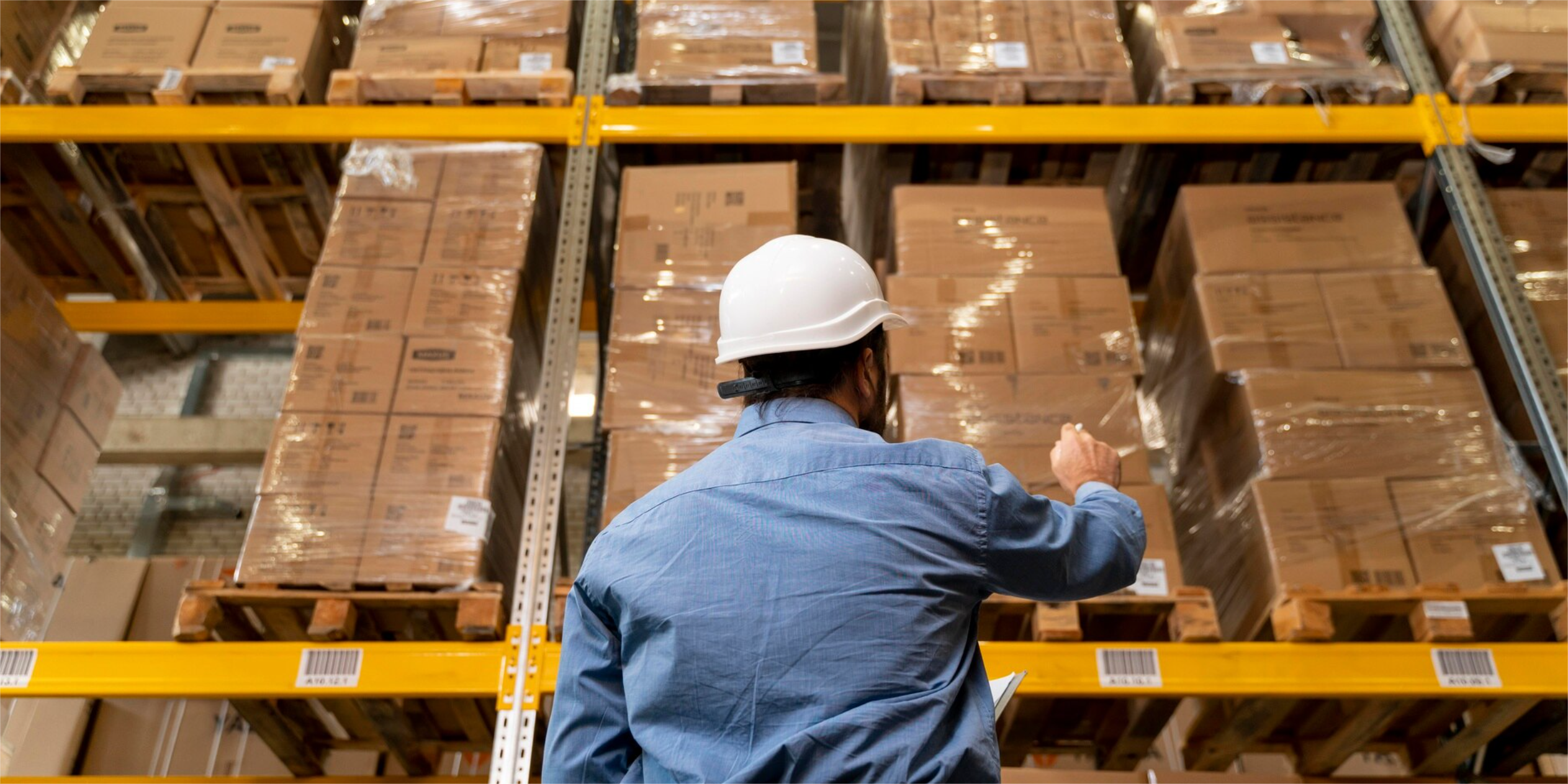Thanks to the boom in e-commerce, the value of the supply chain has been growing; thus, companies have been forced to implement new techniques and tools to adapt to the omnichannel environment in order to remain competitive.
We must keep in mind that in e-commerce, a sale is considered as completed until the client has the product in her or his hands. For this to be accomplished, the product must go through a supply chain characterized by having little time to respond and meet the intermediate processes, like refunds, which require a reverse logistics process.
Next, we show some trends that have been applied to the logistics of e-commerce looking to satisfy the needs of clients:
Faster response times
Clients demand speed throughout the whole process: from online purchasing to delivery as well as in the customer service process. They are even willing to pay extra to get their products as soon as possible; therefore, companies must work hard beginning in the warehouse to meet Just in Time demands.
Automation of the e-commerce process
New technologies have allowed us to simplify and reduce some complex processes and eliminate others which are obsolete. For online stores, this has been of great help considering they usually have a small staff to perform repetitive tasks like calculating shipment costs. The automated commerce, or a-commerce, is a system that lets us schedule, perform, and predict purchases automatically according to recognized patterns.
Automation enables linking the inventory with the orders from the cloud (or any other file storage system), modify their status, and control them directly, as well as tweet them for visibility.
Some companies have followed other strategies, like automating their systems to show clients the purchase amount needed for shipment to be free and implement a-commerce tools that help clients schedule, perform, and predict their purchases automatically.
While e-commerce and m-commerce let clients choose what they need, a-commerce gives them the chance to forecast and schedule their purchases based on their purchasing patterns.
The goal of a-commerce is to offer consumers a system through which they can, literally, purchase without thinking. It is an evolution of the traditional e-commerce where users can log into an online store in their PCs or mobile devices (m-commerce).
E-commerce lets users choose the products they need, send them to the cart, pay, and wait some days until the order arrives; a-commerce offers the chance to schedule their purchases and even predict them based on their consumption patterns.
Big data and other sources of information
SNEW is the acronym of social media, news, events and weather. This new concept encompasses important data sources we must consider when creating accurate demand forecasts.
Likewise, there are currently big data suppliers who gather and analyze the information of several sources so companies can make smarter and informed decisions about their supply chains; for example, planning delivery routes, providing traceability during the delivery process, and predicting purchasing behaviors.
Responsive and compatible sites
Clients predominantly use their cell phones and tablets for purchases; therefore, companies need to adapt their websites to the screens and functions of mobile devices.
Use of drones
These small gadgets can fly for 90 minutes and carry packages of up to 6 pounds. They have been used in other countries for the last mile, which is the portion between the courier and the consignee, in zones where other means of transport cannot access.
Use of augmented and virtual realities
With these technologies, companies can show new products or tours to their clients using overlapped images and videos in 3D that simulate new and different experiences.
Implementing chatbots
These programs were designed to talk to humans and have improved the customer service level because of their ability to answer questions immediately. Users increasingly prefer to interact with these programs rather than send e-mails that will, in all probability, be answered hours or days later.
Consider several delivery options
Today, clients want to be the ones who decide when and where to get their products. Most times, they want them as soon as possible but sometimes they want to choose the time and place when and where they will collect them, for example, a brick-and-mortar store.
The brick-and-mortar store is still important
For companies who have brick-and-mortar and online stores, it is important to offer the same positive purchasing experience in all channels. Both webrooming (checking out products on the website before buying them in the brick-and-mortar facilities), and showrooming (buying a product online after checking it out at the brick-and-mortar store) are already common practices of clients.
Transparency throughout the logistics process
Clients want transparency in their purchasing, not only on tracking issues. They want to know who manufactured the product, how they manufactured it, who did they affect, who transported it, etc. thanks to the Internet of Things, they can have visibility of all these issues throughout the supply chain.
Optimized payment processes
After companies realized they were losing sales because their online payment processes weren’t easy or quick, they have allowed clients to buy without having to register or by filling out the registration form automatically.
Other payment options
Most innovative sites offer diverse payment methods, such as cryptocurrency, digital wallets (devices or apps that enable e-transactions), systems that support transfers, such as Paypal, or even cash.
New warehouses and distribution centers
To meet Just in Time demands, having two or three distribution centers is not enough. Today, companies need to build or rent several small warehouses and stores near their clients.
Creating and participating in promotional events
By creating new sales events like after-hours clearance sales, cyber Monday, and holidays sales, any day becomes a good moment for clients to buy the products they want. This forces companies to manufacture and transport their goods faster and keep creating special online promotions.
Strategic partnerships with suppliers
Companies now consider suppliers as strategic partners and they increasingly seek the help of logistics companies that share the mission of fulfilling the expectations of clients. Currently, there are also last-mile suppliers who, through monitoring software, plan effective routes and avoid failed delivery attempts.
These are some of the e-commerce trends that have pioneered the world’s leading companies; these trends will continue in the next years, and we suggest following them to satisfy the growing demands of clients and to remain competitive.
Using technologies like the ones we have described in this paper, allows us to analyze the threats and opportunities of our supply chains so we can make precise decisions regarding the strategies of the omnichannel supply.
Meanwhile, specialized logistics companies like Solistica keep on searching for, and applying, innovative, fast, and reliable tools and methods that contribute to the commercial goals of companies.
.jpg?width=1480&height=514&name=SOL-CTA-Soluciones%20de%20valor%20agregado-ENG%20(1).jpg)






